When it comes to professional competitions, we always need to have a strict set of rules to regulate. Perhaps the regulation of cricket will be much different from the regulation of baseball, but those both set of rules cannot contain any loophole, even the smallest one. And esports is not an exception, of course, since it is a form of sport now. The fans and the investors will both turn away from the tournaments if something ‘not so clean’ happens: a third-party software being used to boost up players’ performance, or a team throwing a game for money.
We are hearing about pro players being banned from the tournaments or the games more and more every day, especially a lot of pro Fortnite players have been banned during the Fortnite World Cup qualifiers, we have gathered some ideas and comments of the experts in anti-cheating for video games field, as well as analyzing 2 cases of 2 famous Indian pro players being banned so that we can an insight viewpoint of how game developers and publishers are fighting against cheating in video games and esports.
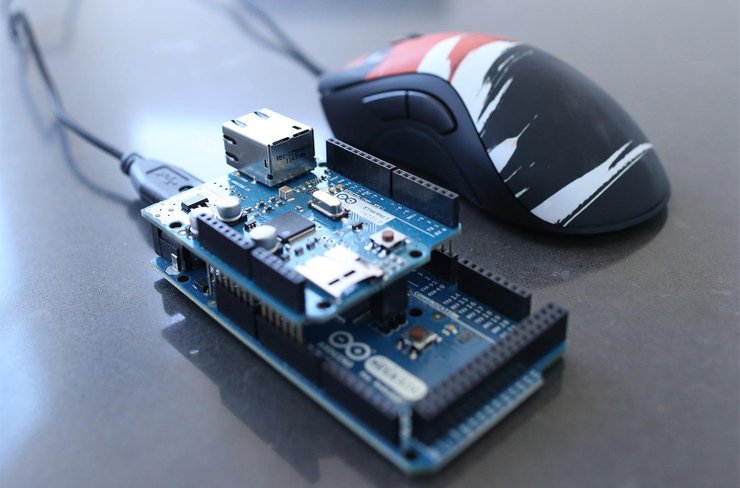
The anti-cheat Technology: how to detect cheat
Marcel Menge is a very famous man in the anti-cheating field. He is working as the Managing Director for Turtle Entertainment technology, and the SVP Play & Platforms at ESL. He joined ESL in 2001 as an online referee, and he has been working for ESL since then, with multiple roles in this field. Now Marcel Menge is in charge of refereeing work for every single ESL online tournaments and platforms.

Marcel Menge believes the most important thing in the refereeing job is to prevent players from accessing to cheating software. That means no rogue internet connections for players, and no access to mice and keyboards before the match (in case players would install some code to boost them up). He also thinks that the chance for an esports referee to miss out something is much higher than in regular sports.
However, there have been several famous cases of cheating in esports. Marcel Menge mentioned the case of German ESL Pro Series 2008 of CS:GO. In this tournament, there was a player who had really terrible results when competing in person, but this guy had had an extremely impressive result in online qualification. ESL had a lot of doubts for that players at that moment, and the company decided to run some tests and analytics based on the data of that player. The results showed that in the online qualification, he used Aimbot and Wallhack. That player was punished with a two-year ban shortly after ESL had found out his action.
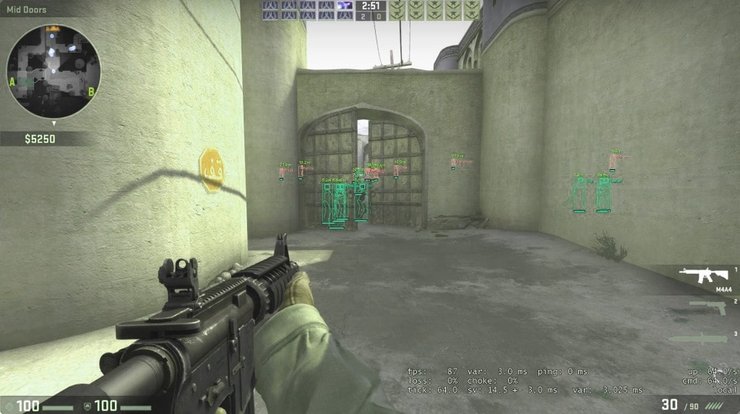
But that player and his team did not agree with the decision, and they brought the case to the district court of Cologne to seek a better decision for themselves, since the decision of ESL was based on the in-game footage, not the data of the anti-cheating software. A lot of people at that time feared that if the case was overturned, it would leave a lot of terrible precedents for the gaming and esports industry. Luckily that scenario did not happened, the German courts determined that the ESL had enough evidence to ban that player with all of its in-game data (although the courts did not clearly confirm the cheating action of that player).
Marcel Menge also notes that there are a lot of common types of cheating software with the price about $20-$35, but he pays more attention to the custom made hacking software. The custom made hacking software is easy to use, much harder to be detected, thus it may cost up to thousands of dollars. Cheating pro players can sneak those things into tournaments and install them when there are many things happening in the tournament.
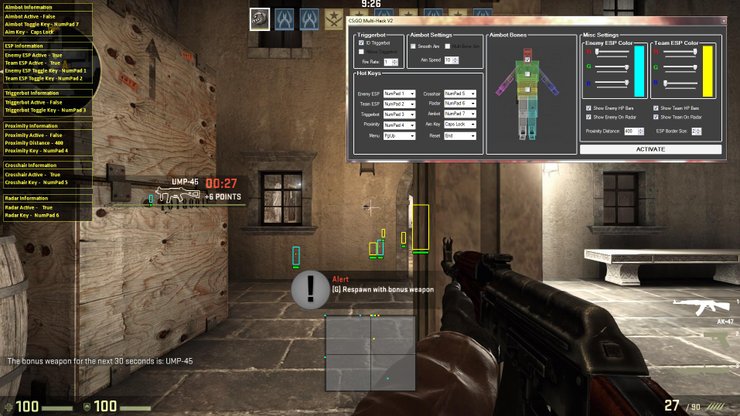
To directly tackle the issue, Valve introduced the Valve Anti-Cheat System (VAC for short) in 2002. After having gone through so many changes, VAC works on some Steam’s titles with an unique procedure: this system will automatically scan the computers of players to see whether those computers containing a cheating software or not. If detected, that Steam account will be given a permanent, non-negotiable ban. And the database of VAC is being enlarged every day, even every hour.

Nevertheless, game developers and tournament organizers have very different opinions toward the war against cheating and hacking, according to Marcel Menge. While the tournament organizers only care about cheating and hacking among pro players (which only takes about 1%-3% of the gamers population), game developers’ main concentration is to remove toxic gamers who want to ruin the gaming experience of other players by cheating software.
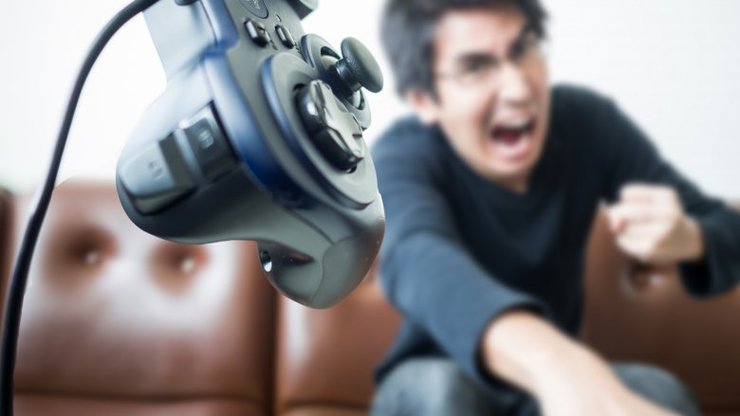
Marcel Menge also confirms that about 20% to 25% of the technology budget of ESL is spent on the anti-cheating work.
To be honest, the war against hackers and cheaters in video games can totally become an awesome script for the TV series. ESL hires a lot of people, but those people are not the employees of ESL on paper (these people don’t even have any relationship with ESL on paper). These people will undercover enter the online cheating community to get information of the newest cheating systems, thus finding the way to crack them.

But you cannot be absolutely clean in any war, and the war against cheaters and hackers is not an exception. To make sure that the bans will be given out with 100% accuracy, data for anti-cheating measures need to be as updated as possible, so some esports organizations, including ESL, have to collect the gamers’ data. Of course all of those esports organizations will not break any law or rule, and those gamers’ data will be 100% deleted if nothing “dark and black” is found
How can we give out proper punishments: The case of 2 banned Indian pro players
While we may have experience in detecting hackers and cheaters in video game, we are not that good at giving out proper punishments for the pro players when they break the rules. Nearly all game publishers have their own rule books, and those rule books are not available for everyone to read. Even the adjudication procedure of the big gaming companies like Riot Games or Blizzarts is kept as secret.
However, we do have an association to deal with these things in general, and it is called Esports Integrity Coalition (ESIC). This association has been founded in 2015, and its aim is not profit. This association seek for the solutions toward “integrity challenges” to esports. ESIC has listed out 4 main threats to the integrity in esports as following:
Priority number 1: Cheating to win using software cheats
Priority number 2: Online attacks to slow or disable an opponent
Priority number 3: Match-Fixing
Priority number 4: Doping
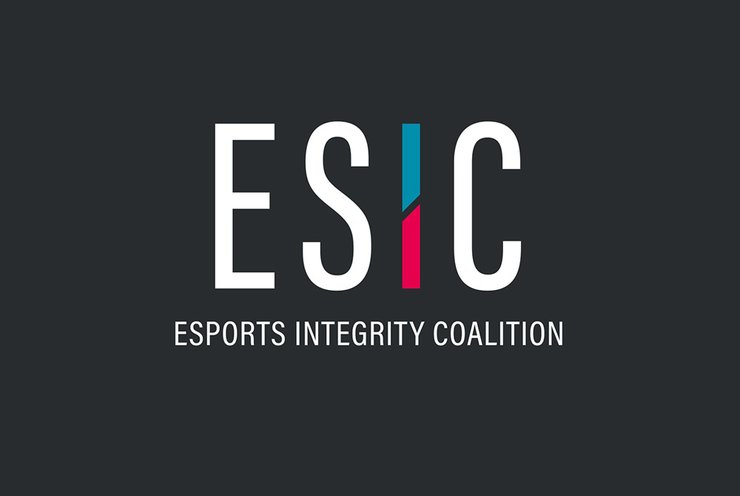
ESIC has issued an Anti-Doping Policy, an Anti-Corruption Code (for match-fixing), and a Code of Conduct (for cheating to win). The association also has a unified Disciplinary Procedure for each of its codes, and this procedure is followed and obeyed by members of ESIC.

As promised above, we will discuss about 2 cases of 2 Indian pro players cheating and receiving punishments. The first case is the Indian CS:GO pro player named Nikhil “forsaken” Kumawat, and Ian Smith is the one who had to deal with this incident. Nikhil “forsaken” Kumawat was caught with cheating activity red-handed in the eXTREMESLAND 2018 Finals. This case has gone viral because Nikhil “forsaken” Kumawat’s action of making some changes to his PC was caught by the live broadcast.
Although the audience of that tournament could easily determine the guilt of Nikhil “forsaken” Kumawat, Ian Smith – as an integrity commissioner – still had to provide solid evidence of the foul plays by Nikhil “forsaken” Kumawat. He reached the ESL India to see whether this pro player had cheated in the India Premiership Fall Finals in September 2018 or not.
Luckily, the SSD cards recording performance of Nikhil “forsaken” Kumawat in the India Premiership Fall Finals were still in the storage. They had not been modified or reused, so Ian Smith could easily conduct analytics to look for hacking moments of Nikhil “forsaken” Kumawat.
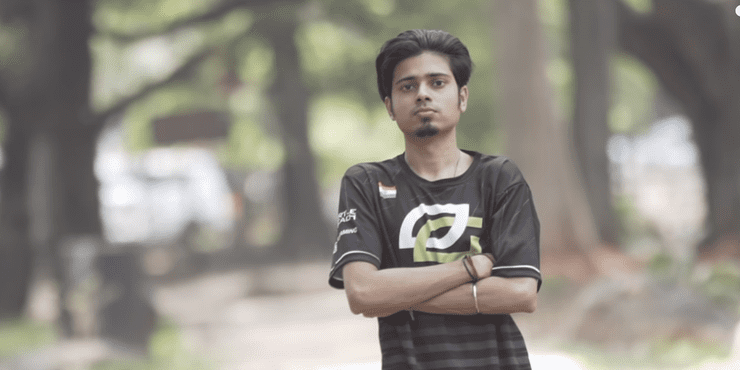
Nikhil “forsaken” Kumawat was given a five-year ban as the final decision for his actions. This decision still raised some questions among the esports community, because that was the second time this players breaking the rules, and ESIC’s rules say that punishment for the second offense is a lifetime ban. However, the first offense of Nikhil “forsaken” Kumawat related to this pro player’s ownership of a VAC-banned account. This player sold this account for another person, and he was not cheating during the time of the ban on that account. Ian Smith himself admitted that trading accounts is a common activity in India.
The second case we would love to discuss just happened recently. Jimit Bhatt, the Indian Clash Royale pro player, was given a 12-month ban “for account sharing, boosting and acquiring rank, rewards and qualification by deception.” In short, the account of this pro player has been played by a lot of players, and this is an unacceptable thing in esports field. This punishment at first seemed a little bit too hard on this situation, but then we need strong actions if we want to boost up the whole esports industry. We need to be truthful and strict with even the smallest fraud of the pro players.
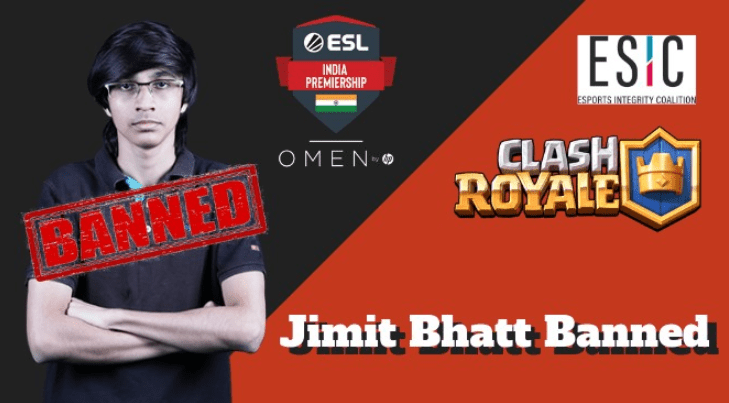
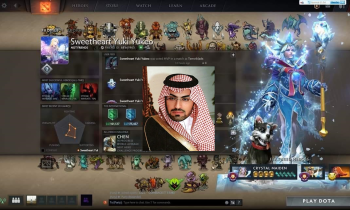

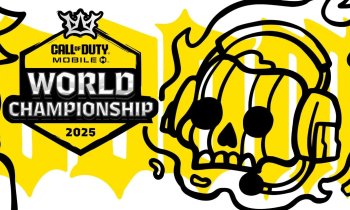
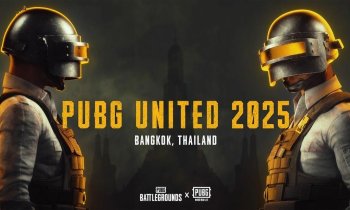






Comments